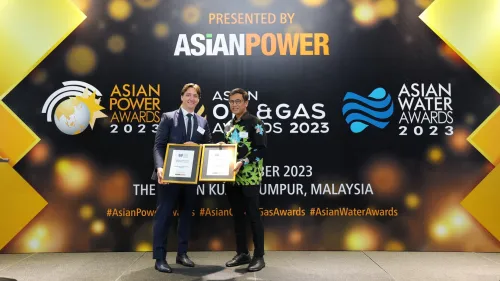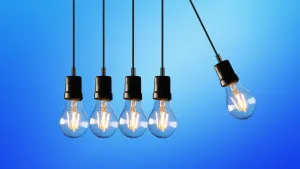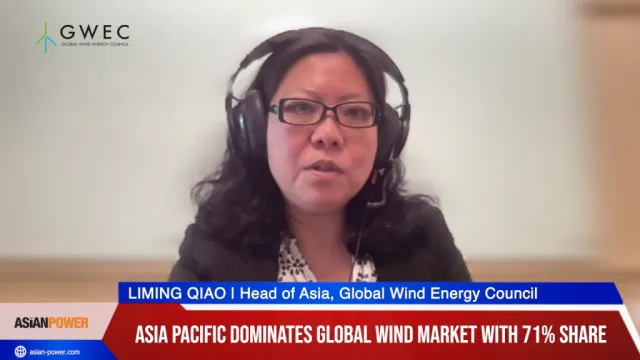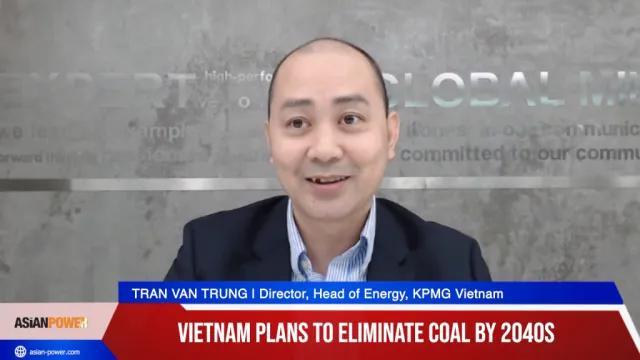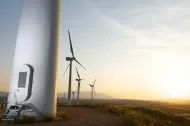
India seeks to get 15% of electricity from renewable sources by 2020
Possibly affecting clean coal technologies.
It has been noted that India’s clean coal market could be limited by fluctuations in the international coal market and the domestic government’s increased emphasis on the use of cleaner fuels for power generation.
According to a release from GlobalData, Sowmyavadhana Srinivasan, GlobalData’s Senior Analyst covering Power, said India has a policy that most mega power plants have to secure coal imports internationally.
"This means that if there is a shift in the international coal community, it will affect the coal power plants in India, which adds to the risks involved with setting them up," Srinivasan said.
“Furthermore, under the National Action Plan on Climate Change (NAPCC), India aims to generate 15% of its electricity from renewable sources by 2020. As a consequence, alternative energy sources, such as wind and solar power, may impact the adoption of clean coal technologies," Srinivasan also said.
Here's more from GlobalData:
India’s clean coal capacity is expected to increase by approximately 103 Gigawatts (GW) between 2016 and 2025, as the country seeks to meet its electricity demand, according to research and consulting firm GlobalData.
The company’s report* states that while India’s clean coal installations are in the nascent stages, many recent ultra-mega power projects have adopted supercritical (SC) technology, while future SC and ultra-supercritical installations will drive capacity additions over the forecast period.
Sowmyavadhana Srinivasan, GlobalData’s Senior Analyst covering Power, says India’s increasing population and industrialization, improved standard of living, and robust economic growth are all pushing up its demand for electricity.
Srinivasan comments: “Between 2013 and 2014, India experienced a deficit of 4.5% in terms of the electricity supply available to fulfill peak demand.
“The country is not fully electrified and is subject to a large number of power cuts and power reliability uncertainties. In order to resolve this, India urgently requires many new installations, with coal a significant contributor.”
Coal was the leading source of power generation in India with 160 GW in 2014, accounting for 59% of installed capacity. This is expected to almost double by 2025, according to GlobalData.



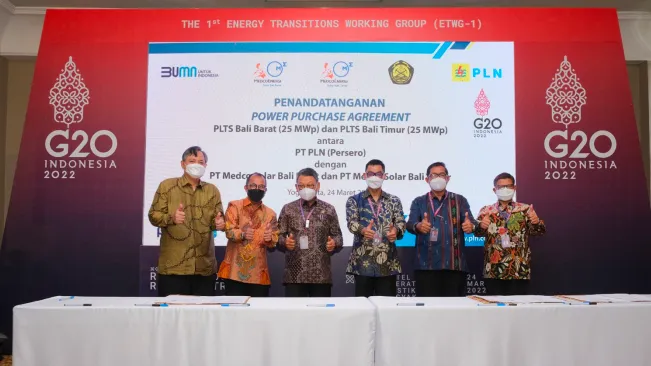





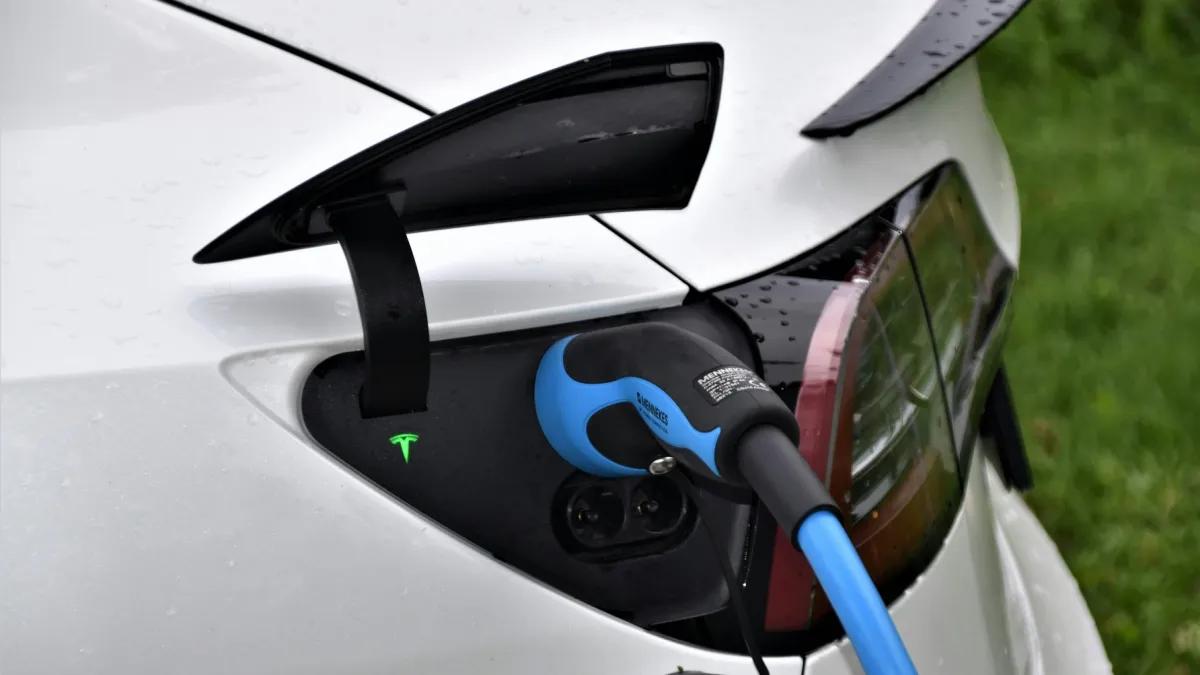



 Advertise
Advertise
